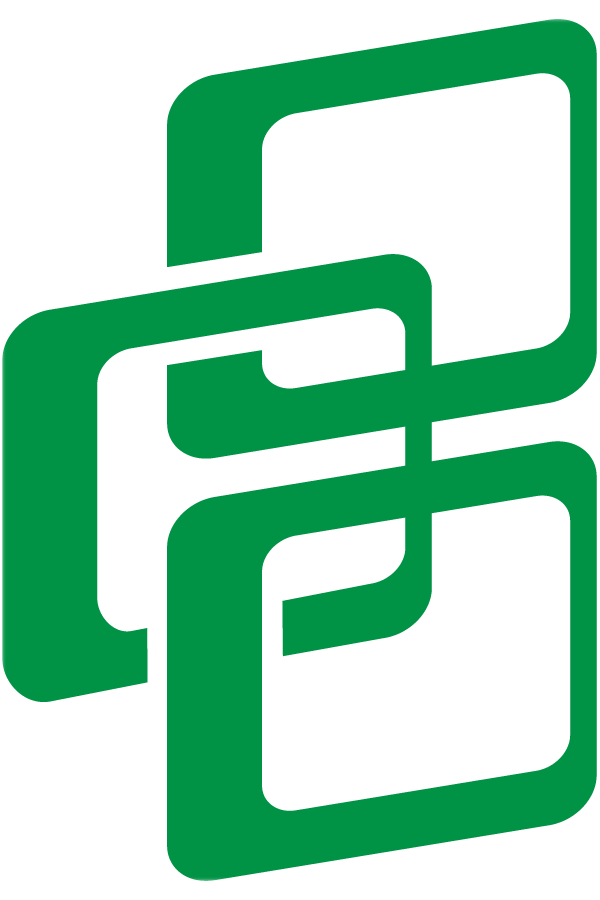Inflation and the Supply Chain: Why is Everything so Expensive Right Now?
“Inflation” and “supply chain” may be some of the hottest buzzwords of the past year.
Inflation, the economic concept that prices of goods and services are rising while the purchasing power of the dollar is falling, has gained a lot of traction in the news recently. The annual inflation rate for the past 12 months ending March 2022 was 8.5%, the highest the U.S. has seen since 1981. And naturally, as humans, we need something to blame. Could supply chain be our victim? Moreover, could inadequate supply chain planning be exacerbating the issue? Let’s look into it:
Annual inflation rates by month and year (Source: U.S. Bureau of Labor Statistics)
Each supply chain begins with a demand signal and ends with a good or service delivered to an end consumer. It’s an equation of supply and demand, much like the laws of economics.
By the laws of economics, when demand for a good or service increases and supply remains the same or decreases, supply and demand settle at a higher price equilibrium.
Due to a combination of “pent-up” demand during lockdowns, increased disposable income from less overall spending during lockdowns and federal relief, and changed consumer habits, consumer demand surged for certain goods and services when periods of pre-pandemic normalcy began to emerge. For reference, in Q1 and Q2 of 2021 consumer spending (measured in personal consumption expenditures) grew by 11.4% and 12% respectively.
This demand surge signaled supply chains to begin rapidly producing enough of their goods and services to satisfy their end consumers. In many cases, though, the pandemic disrupted supply chains in ways companies had never before experienced: increased material and labor costs, manufacturing facility lockdowns, and transportation challenges, to name a few.
1. Increased material/labor costs
Material costs increased as a result of shortages due to halts in production and increased demand. Labor costs increased due to a combination of Covid-19/overtime pay, and an overall labor shortage.
2. Manufacturing facility lockdowns
Global pandemic lockdowns and restrictions forced manufacturing facilities to shut down in various parts of the world, leaving companies with major delays and tough decisions on how to move forward with production plans.
3. Transportation challenges/increased transportation costs
Labor shortages in the trucking industry have delayed the availability of goods and increased the cost of getting goods from point A to point B.
Instead of a proportionate increase in supply to the unprecedented demand surges, overall supply actually decreased for many goods due to obstacles and rising costs like the ones listed above. These obstacles had cascading effects still impacting the supply of goods today. For example, the demand for products like new cars, video games, dishwashers, and medical equipment was met with a decrease in supply in these products due to a global microchip shortage.
A depleted new car lot at a Toyota dealership in Toledo, Ohio in August of 2021 (Source: AP/Tom Krisher)
A shift left in the supply curve (decrease in supply) and a shift right in the demand curve (increase in demand) leaves us with the dreaded economic inevitability: an increase in prices. We are now experiencing a combination of demand-pull inflation (inflation caused by consumer demand outpacing the availability of supply) and cost-push inflation (inflation caused by rising supply costs) happening simultaneously.
A demand increase and its effect on price increases
A supply decrease and its effect on price increases
So is there a solution? While not a cure-all, supply chain planning and adequate supply chain technologies can help companies more accurately forecast their demand and determine how to best meet that demand with the resources and suppliers available to them. Effective technologies are necessary to make supply chain planning more agile to pandemic-related obstacles and transform supply chain planning into a collaborative strategic effort across organizations within a company.





